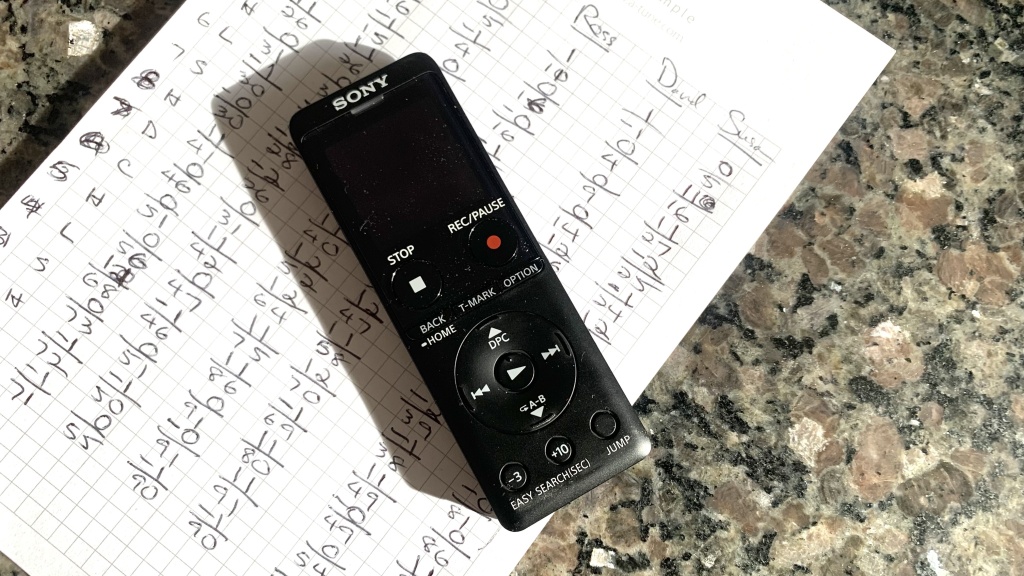

Hunting for the best digital voice recorder? We researched the market before buying the top 11 options to test side-by-side. Then we started recording, capturing audio notes in the car, bird songs, guitar practice, interviews, and controlled test scenarios. We compared microphone and audio quality, battery life, file sharing, ease of use, and playback editing features. Below, we share how each of these voice recorders shines and falters. Whether you want to record your classes or create world-class podcasts, our comprehensive review will help you find the best digital voice recorder for your needs and budget.
Whether you're recording for work or pleasure, the market is full of office devices that will help you enjoy your audio productions in style. Our in-depth reviews cover everything from the best wireless speakers to the top-rated USB wall chargers. We've also tested audio devices like the best noise-cancelling headphones and the top wireless headphones. And when it comes time to transcribe your recordings, we've done thorough testing and a writeup of the best keyboards.
Editor's Note: We updated this review on March 11, 2024, to share more info on how we tested these voice recorders. We also offer alternative options to each award winner.

Our favorite overall digital voice recorder is the compact Sony ICDUX570. This effective, simple tool features an easy-to-read display and intuitive operating system. We appreciate its automatic recording templates that ensure the two stereo microphones work well for the task at hand, be that a voice memo, music recording, meeting, or lecture. You can also set mic sensitivity levels and reduce background noises manually. Though the recorder picks up background audio in modes like dictation and interview, we found them less brassy and distracting than in several other models. The Sony records in uncompressed WAV files (which it labels as LPCM, for linear pulse code modulation) at a 44.1 kHz sampling rate and a 16-bit rate. It also records in compressed MP3s, which saves on storage space. You'll have plenty though, with a microSD card you can store up to 32 gigabytes (GB).
The recorder features a T-mark button to bookmark important moments in your recordings and an A-B repeat function to loop the playback between two chosen points. Additionally, you can slow playback for easier transcription, and integrated filters enable you to clean or jazz up the audio. A USB plug slides out of the Sony ICDUX570, which allows you to share your files at all times. The claimed battery life of over 20 hours for the highest quality audio recording is fairly short for a recorder of this type. Despite being easy to understand, the audio is below par for professional broadcasting. The device offers a mini-jack for an external microphone, which can improve your recordings. Overall, the Sony ICDUX570 will take your notes for you and could serve as a backup for production audio in a pinch. If you require professional audio quality, the Zoom H5 performed better in this metric, though the battery life is slightly more limited.

WAV versus MP3 — Uncompressed WAV files store more data. MP3s save on storage space but are harder to edit. If you're recording audio to create a song or podcast, you probably want to do it in WAV. If you're a photographer, think of WAV files as RAW image files, and MP3s as JPEGs. The latter already have less resolution, so you can't do as much to edit them.
The quality of WAV files depends on their sampling and bit rates. Higher rates record more audio snapshots per second and provide more nuanced detail, and they create higher-quality recordings. They also require more storage space. Most audio experts recommend recording at least a 48.2 kHz sampling rate and 24-bit rate. Then you can bounce down to lower rates to save data in the release. If you want to dive deeper, Transom is a wonderful resource.